Understanding Marine Debris
The Center was one of the first to recognize derelict fishing gear as a problem in Virginia. Today, we continue our research on marine debris for solutions that will make a difference in your neighborhood and around the world.
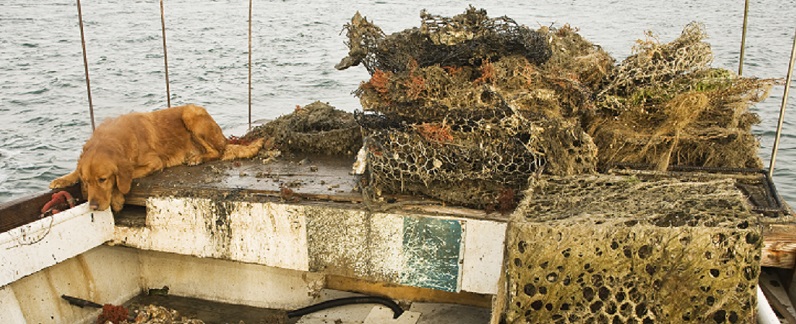
WHAT IS MARINE DEBRIS?
Marine debris can include balloons, plastic bags, food and drink containers, lost crab pots, oyster bags and cages, fishing line and nets, and any other kind of persistent solid material that is intentionally or unintentionally, directly or indirectly, disposed of or abandoned into the marine environment. So basically, any trash that that ends up in the water! Where does marine debris come from? "As much as 80% of marine debris comes from land-based sources such as plastic bags and food containers. Abandoned or derelict fishing gear, vessels, and other water-based sources also significantly contribute to the problem" - Virginia Coastal Zone Management Program
Is marine debris really a problem? Yes! Marine debris is a global problem that injures and kills marine life, interferes with navigational safety, causes economic losses to fishing and coastal industries, and poses a threat to human health. "Up to 13 million metric tons of plastic enter the ocean each year, threatening marine life and polluting shorelines. That’s the equivalent of a garbage truck emptying its rubbish into the sea every minute." - The PEW Charitable Trusts
|
WHAT CAN WE DO TO HELP? |
Everyday ...
|
Get involved ...
|
What is CCRM doing?
The Center started scanning the waters' bottom for derelict 'ghost traps' in 2004, our research prompted us to develop several solutions to marine resource issues.
Marine Debris Removal Program ...
|
Biodegradable Plastics ...
|
What is VIRGINIA doing?
Virginia is leading by example through these valuable steps to reduce pollutants.
Marine debris policy ...
|
Balloons policy ...
|
Single-use plastics policy ...
Governor Ralph Northam signed Executive Order #77 on March 23, 2021 to launch the process of phasing out single-use plastics throughout Virginia. This first step restricts State agencies from buying, selling and distributing single-use plastic items - such as bags, wrappers, bottles, and straws, and are required to develop a 'Plastic Pollution Reduction Plan'. On April 7, 2022, newly elected Governor Glenn Youngkin created Executive Order #17 that rescinded EO77. The new order recognizes the value of recycling, requires large-scale food manufacturers (like grocery retailers, sports arenas, schools, and hotels) to identify appropriate strategies to reduce food waste, and removes the ban on purchasing single-use plastics by state agencies. |

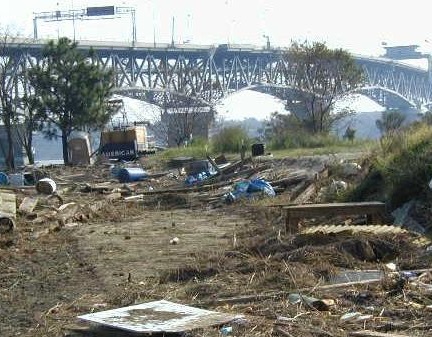
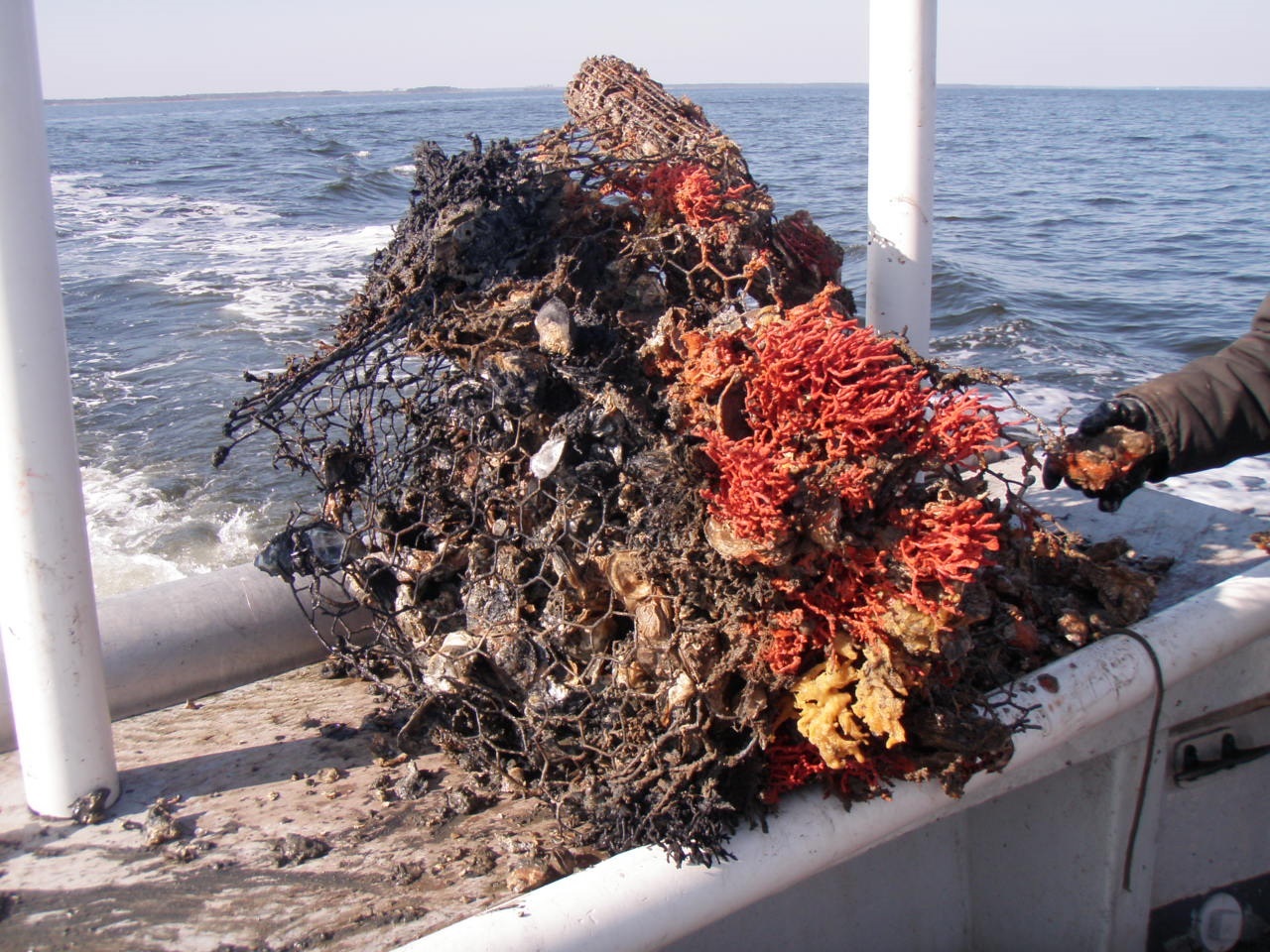
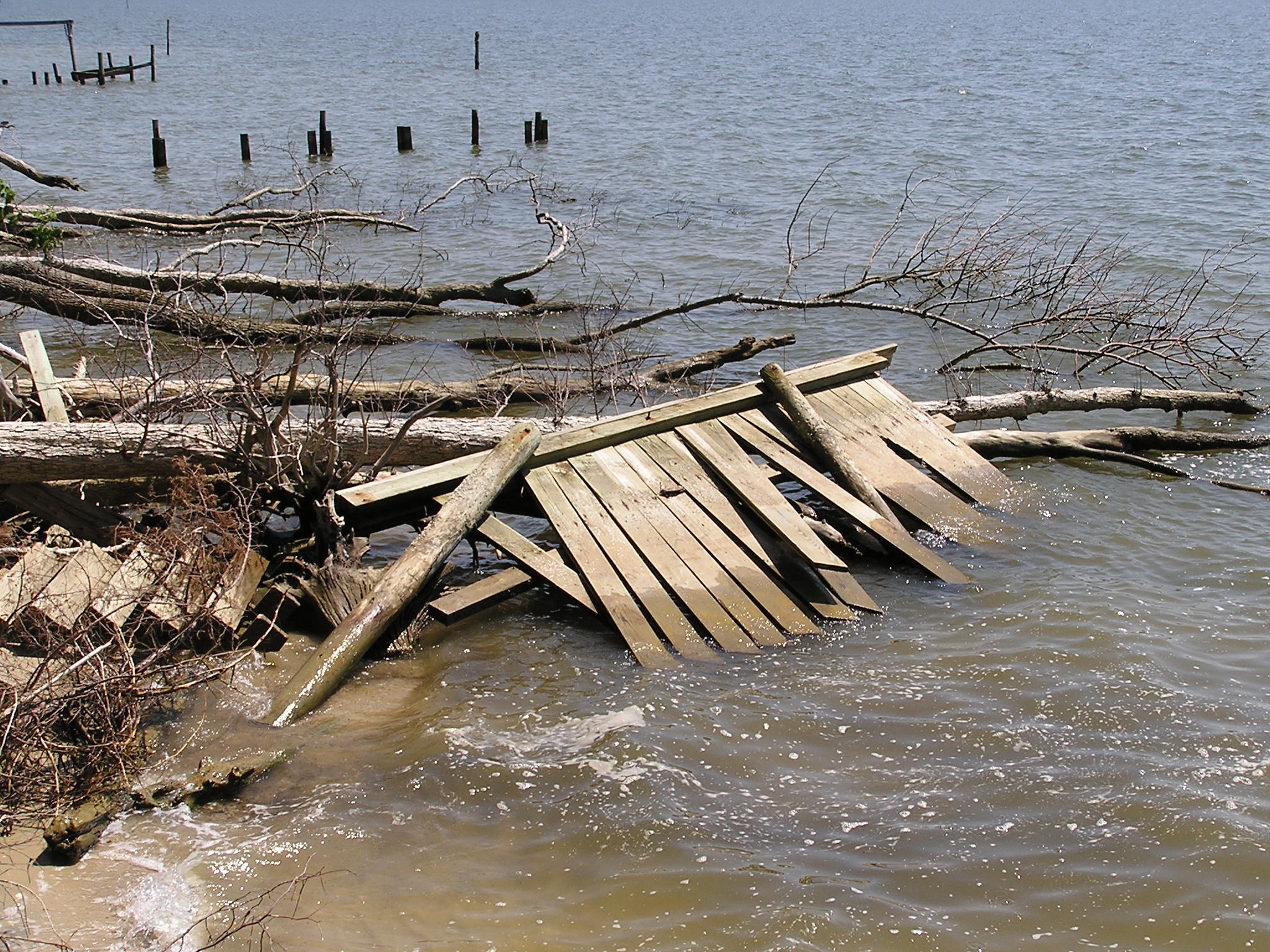
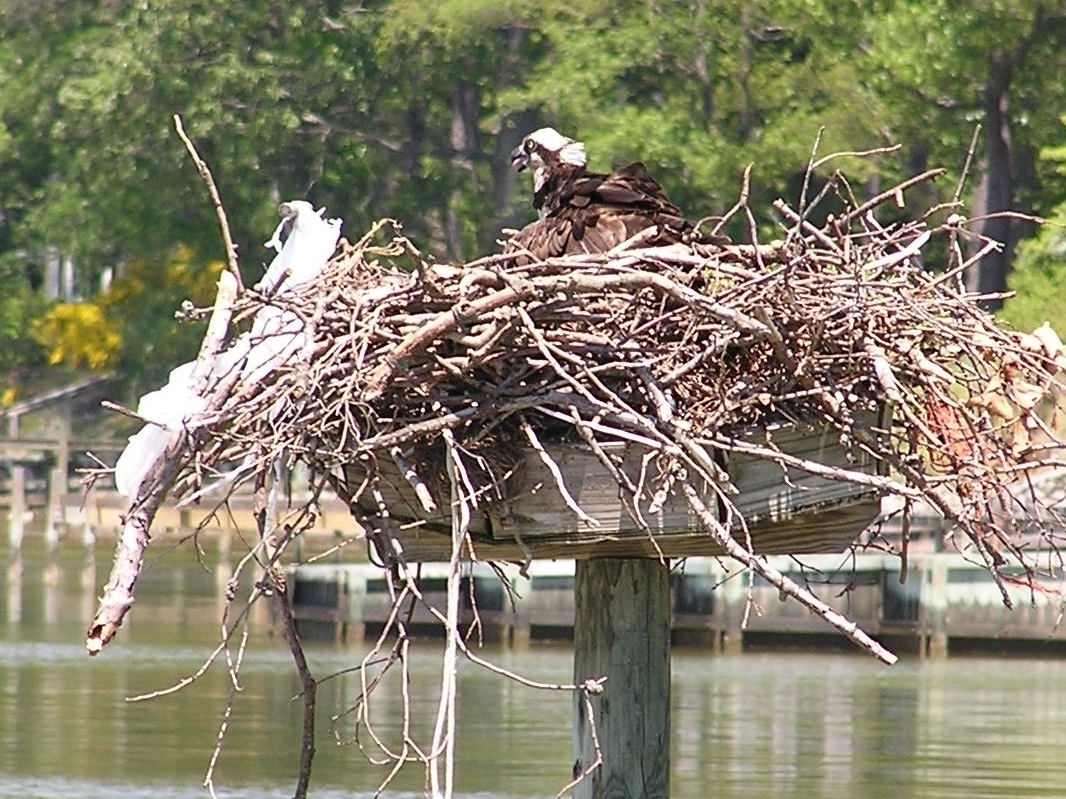
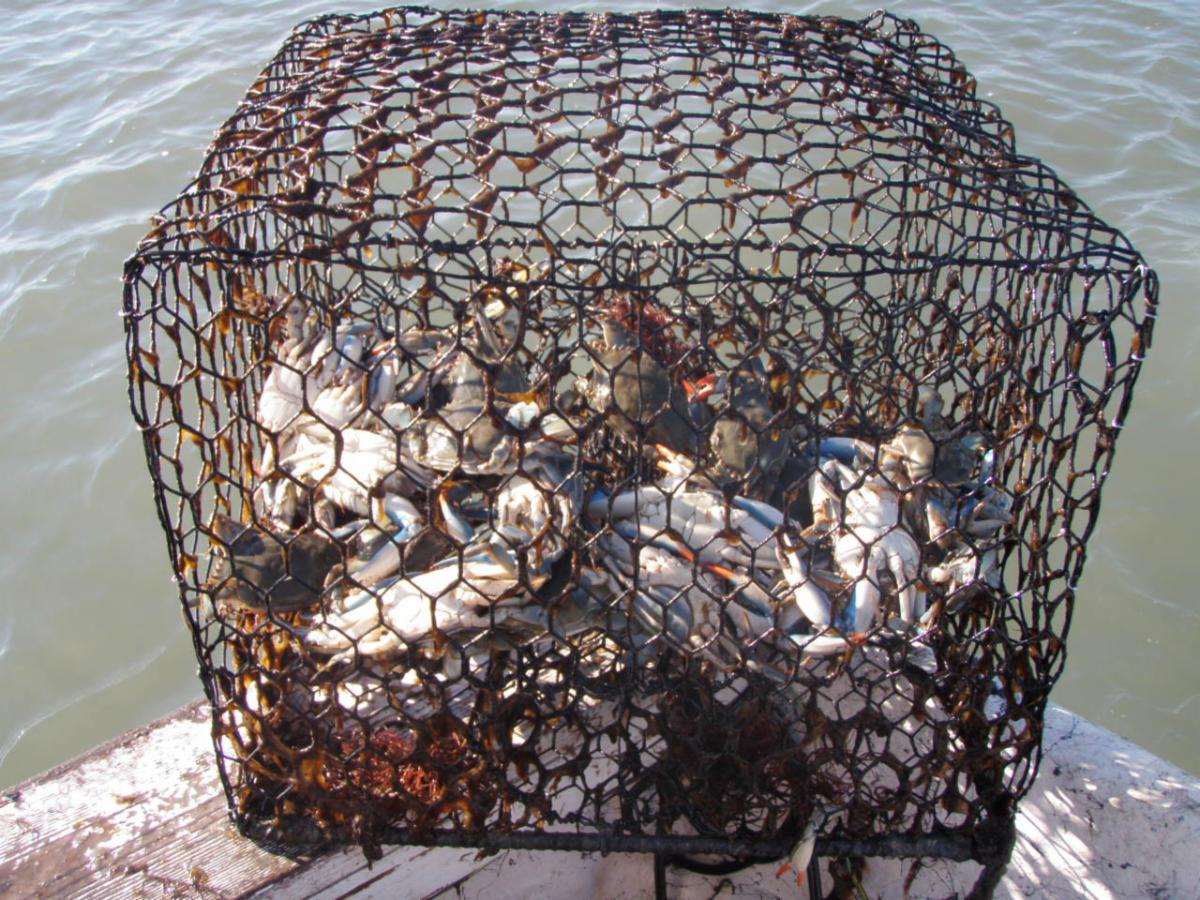
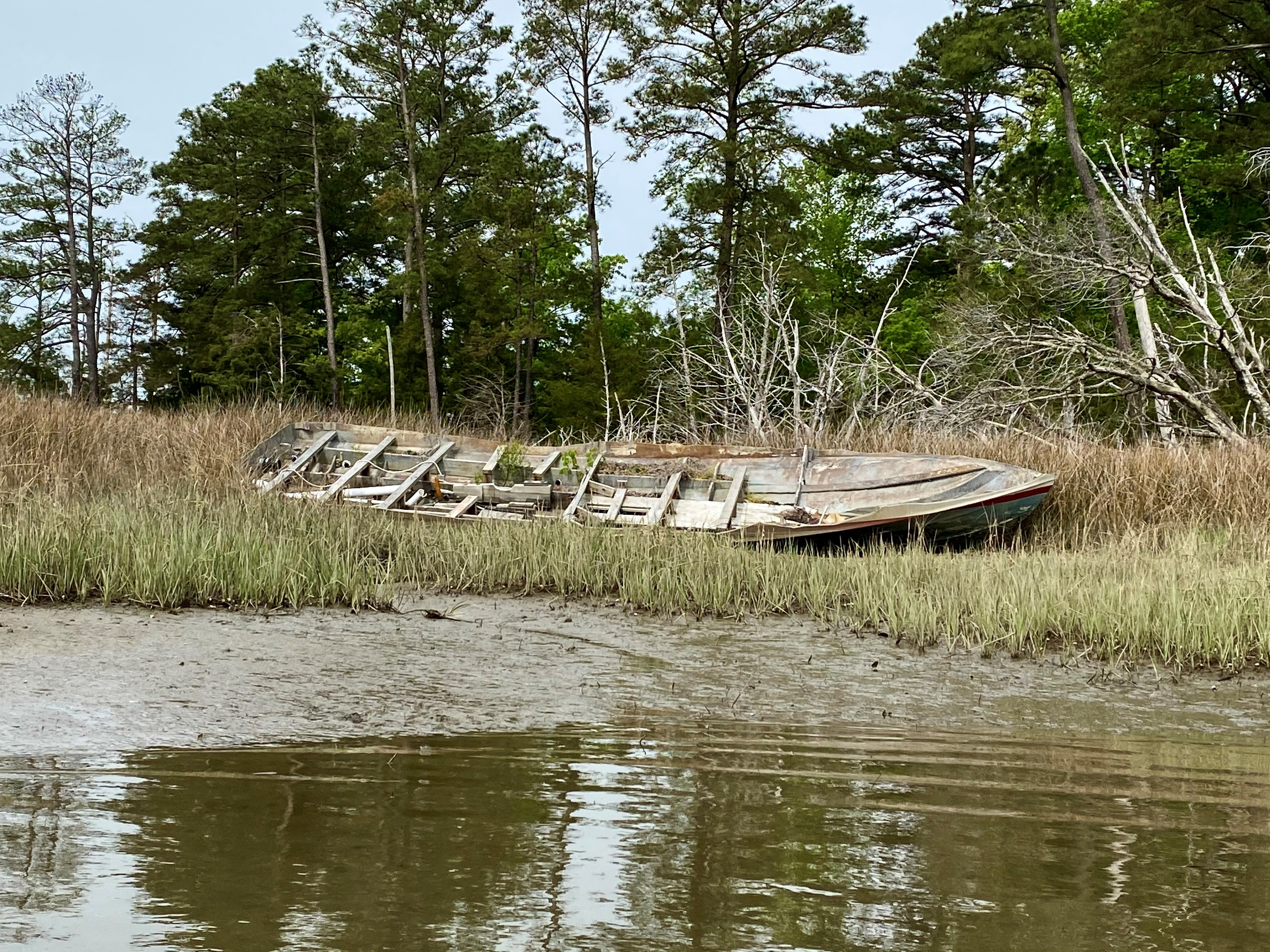
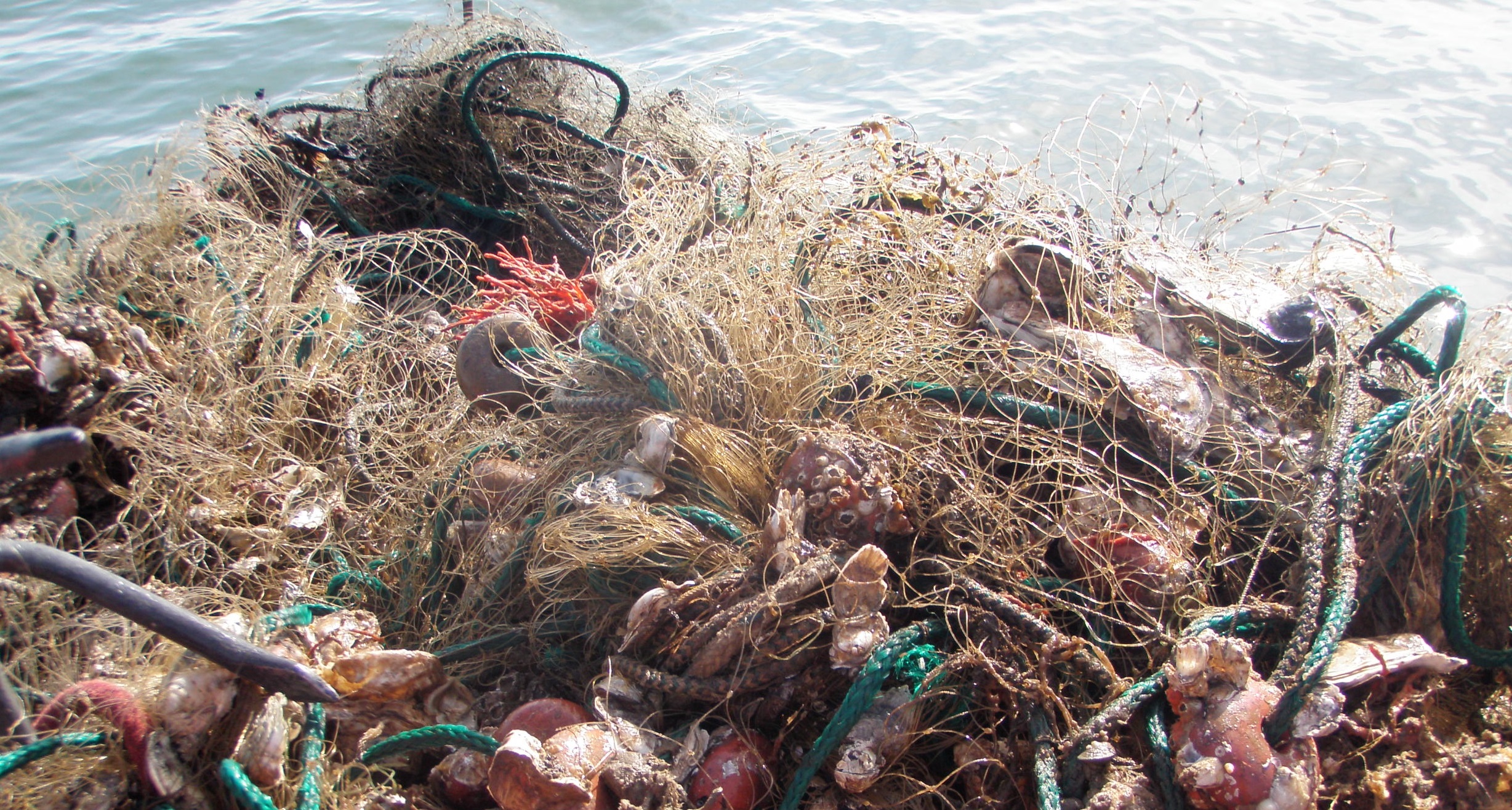
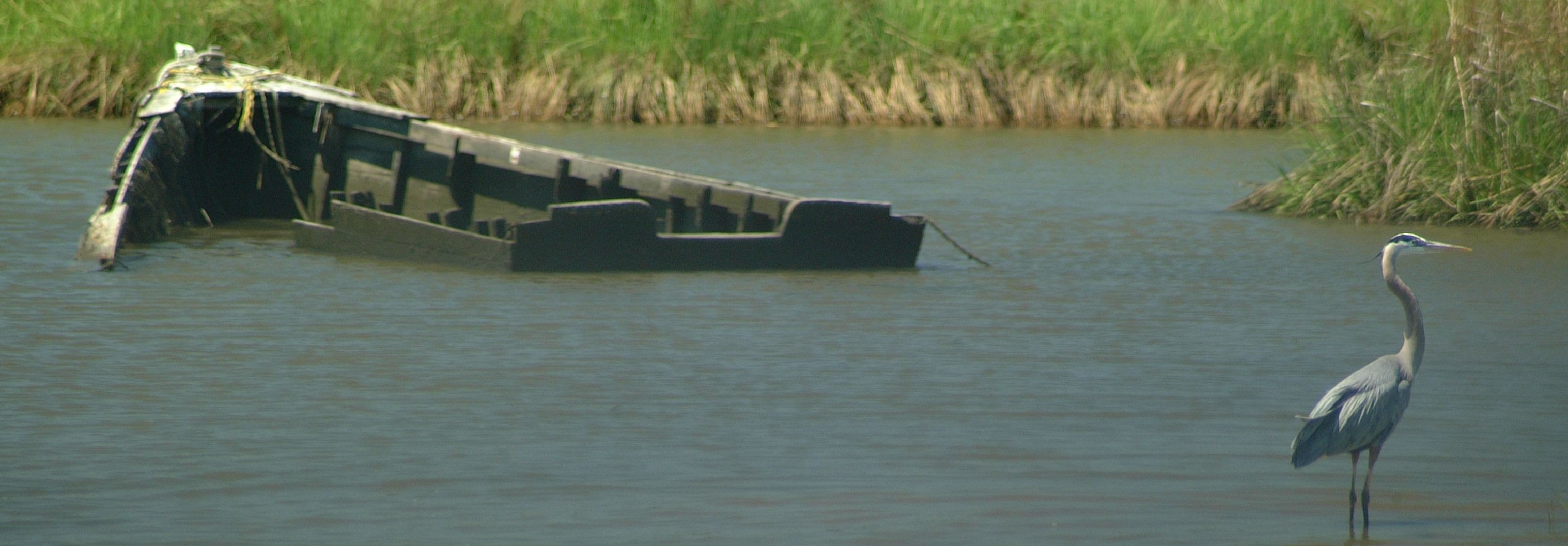
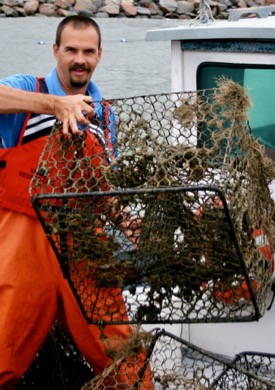
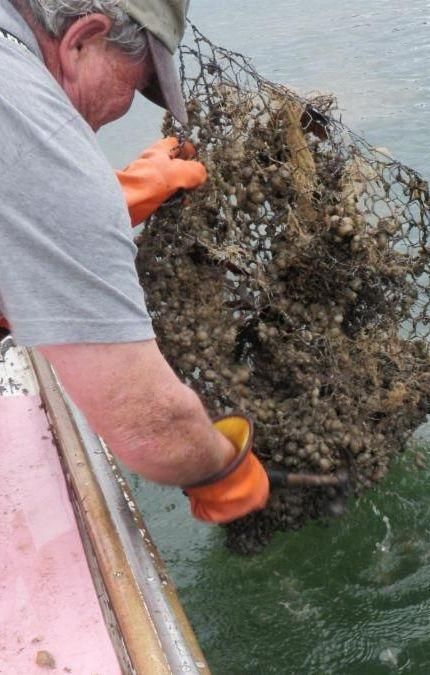
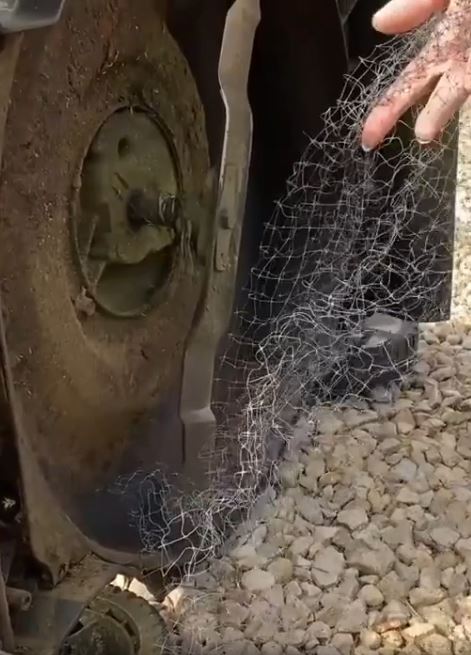 The Center is looking for ways to replace plastics that pollute the environment and hurt wildlife with safer biodegradable plastics.
The Center is looking for ways to replace plastics that pollute the environment and hurt wildlife with safer biodegradable plastics. 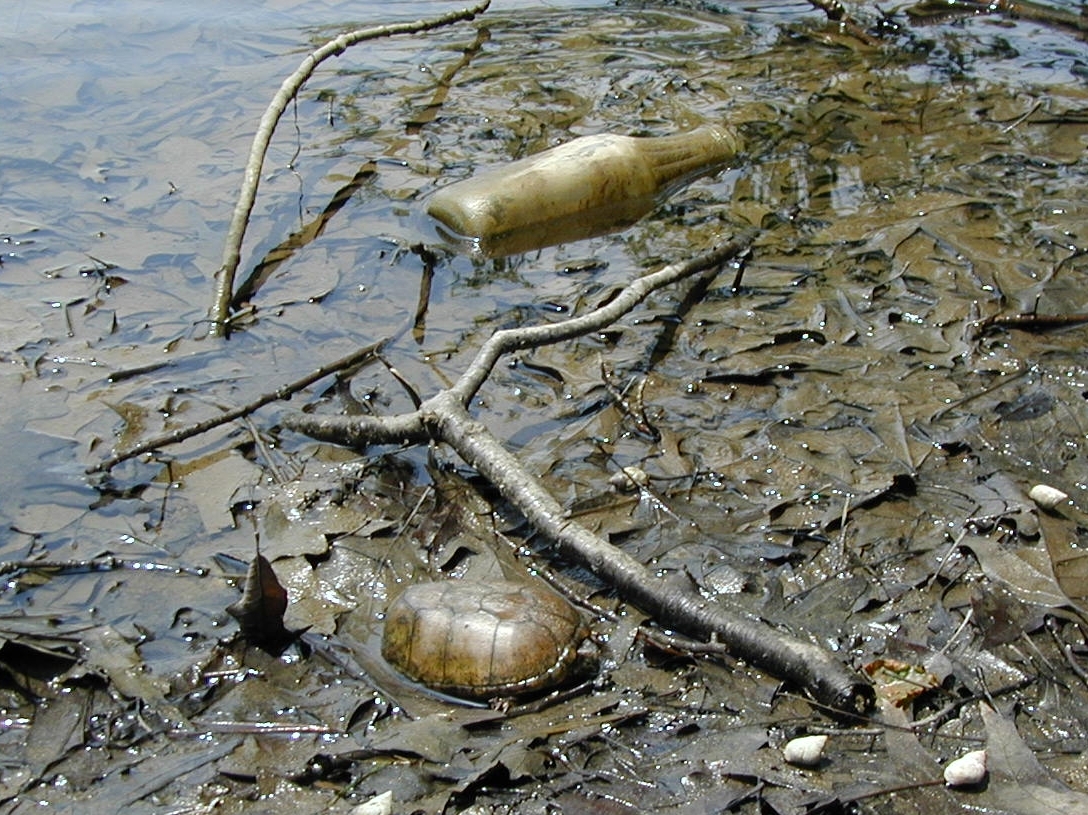
 Environmentalists, watermen, and residents who live along the state’s shoreline regularly complain about litter from foil and latex balloons on beaches and the potential harm to marine animals by ingesting balloon remnants. Virginia responded ...
Environmentalists, watermen, and residents who live along the state’s shoreline regularly complain about litter from foil and latex balloons on beaches and the potential harm to marine animals by ingesting balloon remnants. Virginia responded ...